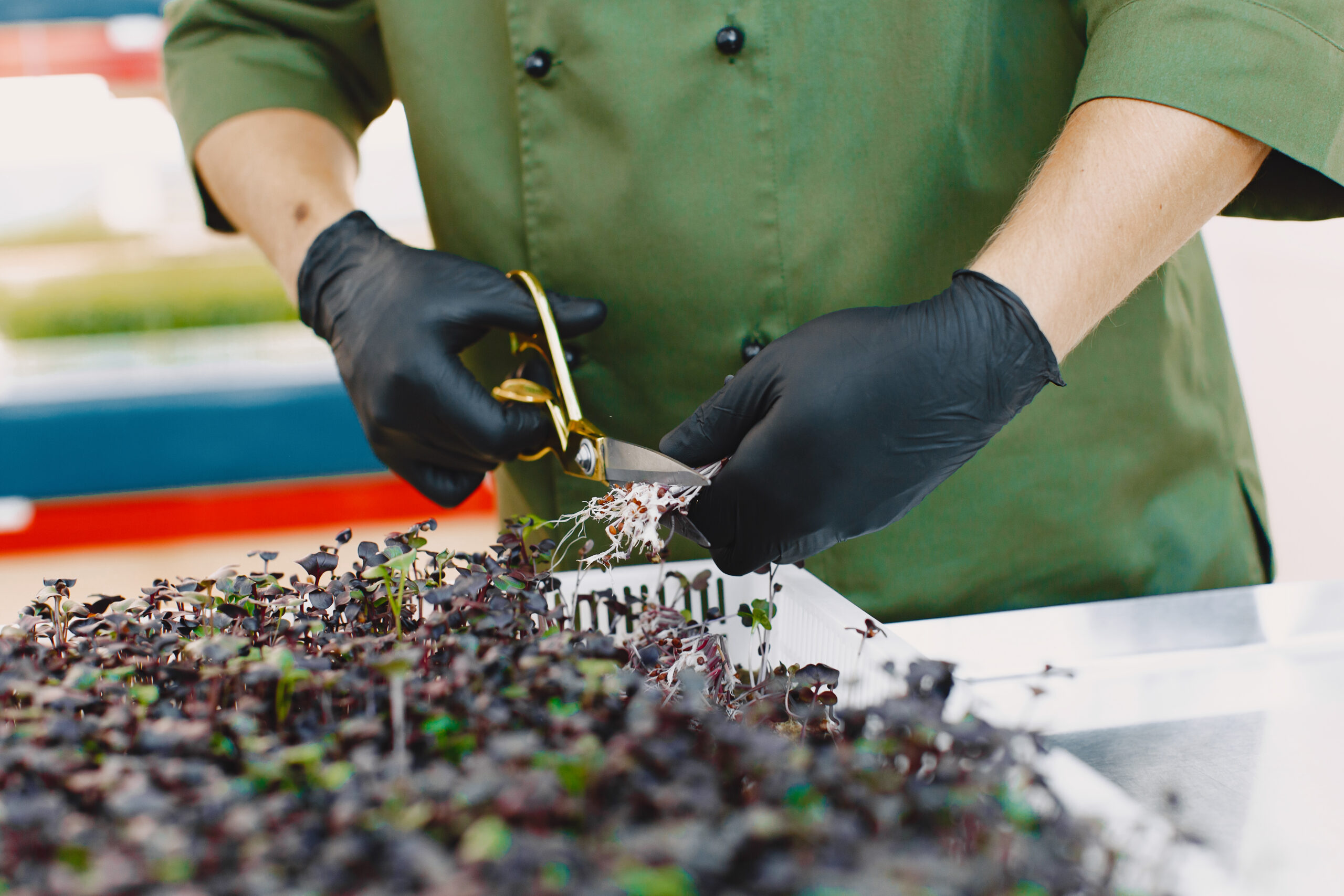In this article, we will explore the fascinating process of making wine. While the basics are straightforward, the nuances involved at each stage can profoundly influence the final product. We will look at viticulture, harvesting, fermentation, ageing, and bottling. This way, the blog post will shed light on the art and science that shape every bottle of wine.
Viticulture: The art of growing grapes
Viticulture is the foundation of winemaking. Before a grape even enters the fermentation vessel, numerous factors have already contributed to its flavour profile. Soil composition, climate, and grape variety are critical, as are the farming techniques employed. For instance, canopy management ensures that grape clusters receive the right amount of sunlight and air circulation. It prevents disease and promotes even ripening.
Fertilization, irrigation, and pest control are also vital components of viticulture. Each choice made in the vineyard has a cascading effect on the wine’s eventual aroma, flavour, and texture. Vintners can select the grape varieties that will best express the characteristics of their vineyard.
Harvesting: Timing is everything
The next crucial step is harvesting. The essence of timing is vital; winemakers must pick the grapes when they achieve the perfect balance of sugar, acid, and flavour compounds. While tradition has long dictated the timing of harvests, modern vineyards often employ scientific equipment to measure the grapes’ sugar levels precisely.
Harvesting methods also play a significant role. While machine harvesting is more efficient, hand harvesting is better for high-quality wines. It allows for more gentle handling and the opportunity to discard inferior grapes immediately.
Fermentation: The birth of wine
Fermentation is where the magic happens, where grape juice turns into wine. This biochemical process involves yeast converting the grape sugars into alcohol and carbon dioxide. But fermentation is not just a one-note act. It is a symphony of biochemical reactions producing heat, additional flavours, and aromas.
Winemakers have various options for fermentation vessels — stainless steel tanks, wooden vats, or even concrete containers. Each choice influences the wine’s character, as do fermentation temperature and duration decisions. Some winemakers even prefer wild or ‘natural’ fermentation to add complexity and uniqueness to their wines.
Ageing: The quest for perfection
After fermentation, the wine is usually not ready for immediate consumption. Ageing the wine helps to meld flavours and allows various components to mellow and harmonize. Choices also abound in this stage. Should the wine be aged in stainless steel, which imparts no additional flavours? Or what about oak barrels, which can add vanilla, spice, and tannin notes?
The ageing period varies from a few months for some white wines to several years for some reds. The wine may undergo several rackings throughout this time.
Bottling and beyond
After deeming the ageing process complete, winemakers filter and bottle the wine. Even here, the closure type — cork, screw cap, or glass stopper— can affect the wine’s ageing trajectory. Some wines may benefit from additional bottle ageing; others are best enjoyed young.
Conclusion
The journey from vineyard to wine glass involves many choices, techniques, and a little bit of alchemy. Each production stage offers different opportunities to influence the wine’s final character. All this presents winemaking as a complex yet enriching art. Next time you enjoy a glass of wine, you will have a deeper appreciation for the journey it took to reach you.
Do you have any questions, or would you like to know anything else? Feel free to reach out; we are here to help.

